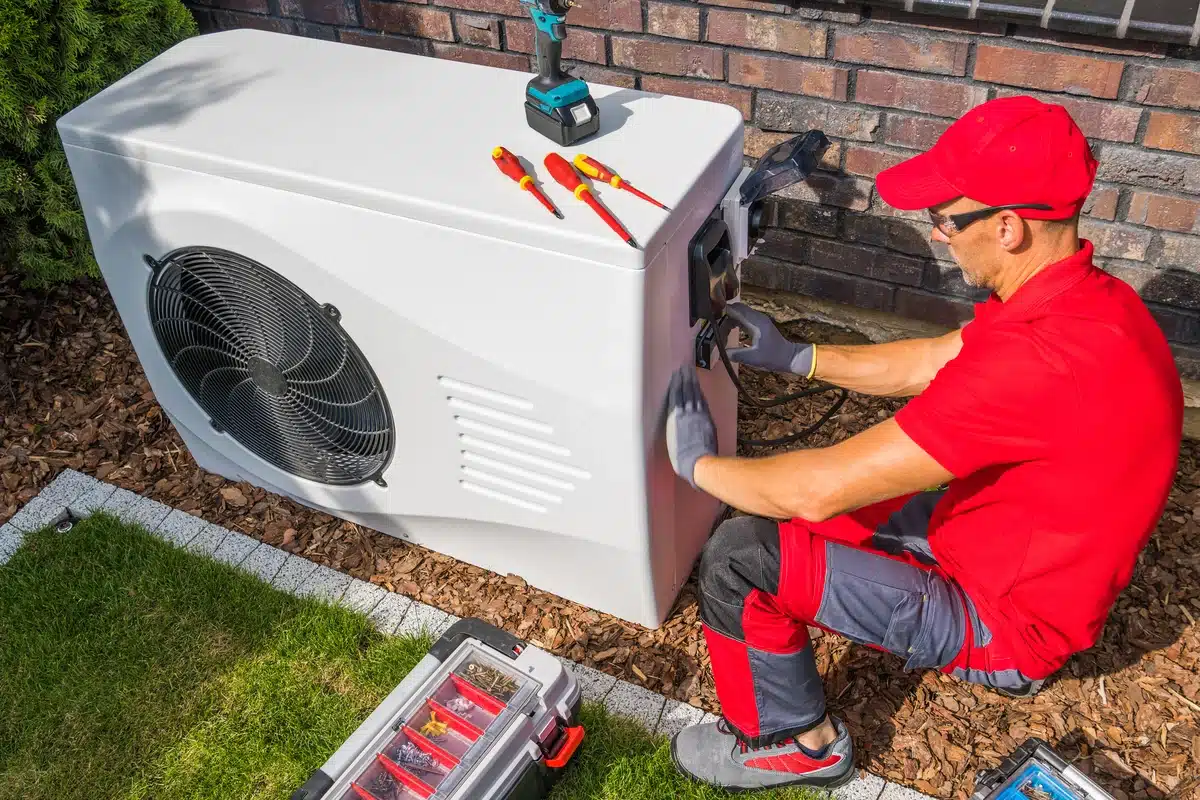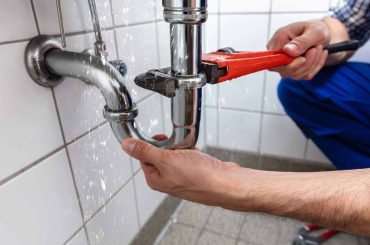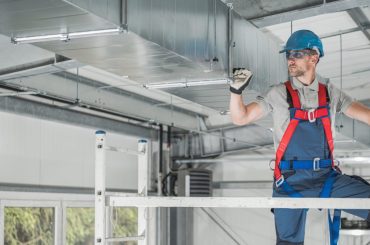Table of Contents
You’ve spent hours upon hours researching and debating, and you’ve finally chosen the perfect heat pump for your home. So… Now, what? Not sure where to get started? We’ve got you. We’re here to talk about what you need to know when it comes to heat pump installation. We’ll even take it a step further by going over what kind of maintenance you should do to keep your pump running properly.
Let’s get started!
Professional Installation Steps
We’re not wasting any time, so let’s dive right in.
1. Sizing
Before you even think about installing your system, you need to make sure you have the right size. What does this mean? Well, you’d hate to get the thing installed, only to find out that it won’t actually work for your home, right?
What you want to do is evaluate your home’s square footage, layout, insulation levels, and even window orientation. Why? All of these elements factor into what amount of heating and cooling your home needs.
- Square footage
- Home layout
- Insulation levels
- Window orientation
2. Site Selection
Next up is site selection. You can’t just put your pump anywhere. You need to identify a suitable location that ensures sufficient airflow and minimal noise impact. How annoying would it be to listen to that thing run while you’re trying to carry on a conversation?
Some of the actors that go into site selection include:
- The unit’s exposure to sunlight
- Proximity to vegetation
- The potential for snow accumulation
Why do these matter? They can all affect the performance and accessibility of your system.
3. Installation Process
Now onto the nitty gritty. Let’s get into what the installation process looks like. You’re looking at setting up refrigerant lines, electrical connections, and ductwork. The key is making sure your system operates efficiently, safely, and within regulation standards.
DIY Installation Tips
To save on cost, you may choose to install it yourself.
- Requirement Check: Before you do anything, you’re going to need to check on your local building codes. You may need permits. The last thing you want is to deal with legal and safety issues.
- Manual Mastery: Now, this may seem like common sense, but believe it or not, a lot of people don’t even look at the system’s manual. It’s there for a reason. The user manual will help you understand its specific requirements, operational guidelines, and safety precautions. It’s basically the roadmap to a successful DIY installation. Use it!
- Essential Tools: And finally, another obvious one—have your tools handy. Think refrigerant pressure gauges, electrical testers, and a torque wrench.
Here’s a cool tip! If saving on heat pump installation cost is important to you, you can save even more through grants specifically for energy efficient heating!
Regular Maintenance Tasks
Once you’re done installing your system, the work isn’t over. The hard part might be, but you’re going to want to conduct regular maintenance to make sure your system is running smoothly. What kind of maintenance tasks are there?
- Filter Replacement/Cleaning: This one’s an easy one. You’re going to want to check the filter every 1-3 months to maintain air quality and efficiency.
- Outdoor Unit Maintenance: As it’s outside, debris can become a nuisance. Make sure to periodically clear any leaves, pollen, and grass from around the unit. In winter, be diligent at removing snow and ice.
- Indoor Unit Upkeep: If your unit is inside, simply dust and vacuum it frequently. This will prevent any airflow obstruction and maintain the air quality.
Troubleshooting Common Issues
Insufficient Heating/Cooling: This may be due to a clog in your air filter. Simply check and replace them. Also, make sure the thermostat is set correctly and actually working. You may need to replace the batteries.
Noisy Operation: This may simply be from loose parts. Look it over and tighten anything loose. Look at the ducts and vents for any blockages that might be causing noise.
Conclusion: Ensuring Longevity and Efficiency with Proper Heat Pump Care
You are now equipped with the knowledge of what goes into a heat pump installation! And bonus, you also know how to keep it maintained and running properly. Round of applause! Let’s give a quick recap of some important details:
- Make sure the size of your system will work!
- Check out that user manual!
- Keep it clean and free of debris!





